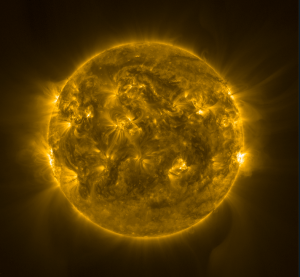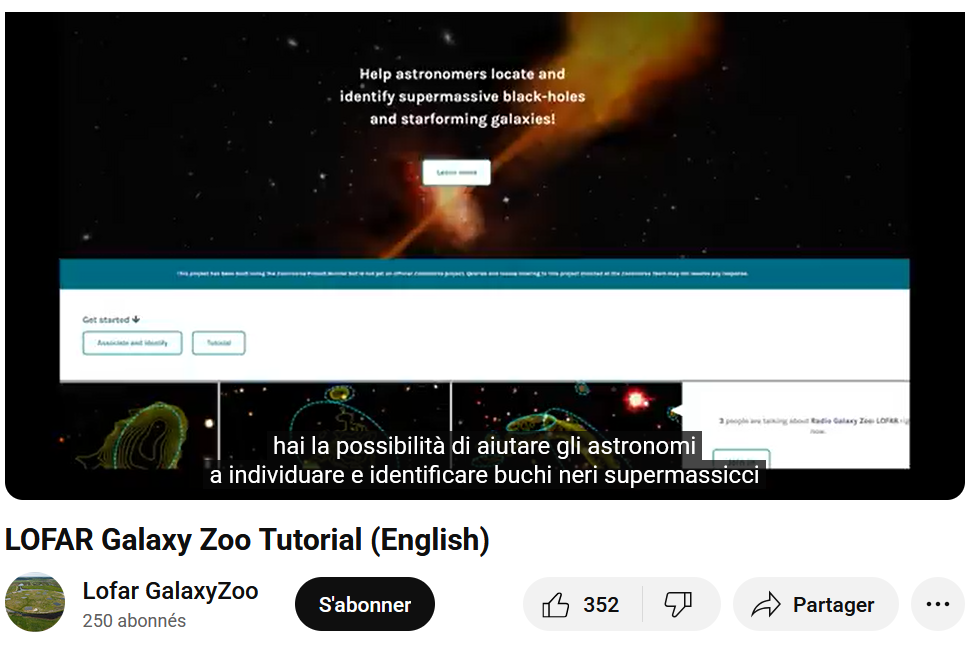Vigie-Ciel : Report a shooting star, help hunt for meteorites, or search for impact craters on Earth...
Love stargazing ? Join Vigie-Ciel, the citizen science program made for you !
Report a shooting star, help hunt for meteorites, or search for impact craters on Earth...
Vigie-Ciel is a citizen science initiative led by the National Museum of Natural History, the Paris Observatory – PSL, Université Paris-Saclay, and OSU-Pytheas.
It is part of the FRIPON research program, a nationwide network that traces the origin of extraterrestrial matter falling to Earth. With its 24/7 sky surveillance system—made up of cameras and radio receivers—FRIPON detects meteorite falls across France.
Each camera is connected to a computer running FreeTure, a software that analyzes images to detect the bright flashes caused by meteors entering the atmosphere.
Once FRIPON identifies a fall zone, Vigie-Ciel organizes search campaigns with the help of volunteers.
As a participant, you can :
– Report fireball sightings to improve scientific calculations
– Help identify craters using satellite images
– Observe the sky using a dedicated camera
[Ready to get involved ? Visit the website https://www.vigie-ciel.org/]
Prefer to keep your feet on the ground ? Our partner, the National Museum of Natural History, leads several other exciting citizen science projects focused on the environment — including wildlife, plants, marine ecosystems, and geology — that you can explore here
LOFAR Radio Galaxy Zoo : help identify supermassive black holes
Fascinated by cosmology ? Join this international citizen science project and help identify supermassive black holes !
How ? By matching radio images of extragalactic sources — captured by the LOFAR radio telescope— with their optical counterparts.
Coordinated in France by the Paris Observatory – PSL, the CNRS, and the University of Orléans, this project aims to deepen our understanding of the relationship between galaxies and their active nuclei.
It’s accessible via the Zooniverse platform.
Want to participate ? Join the project on Zooniverse
A step-by-step tutorial is available on the project’s [https://www.youtube.com/watch?v=NPmUcRYzSrc]
Solar Radio Burst Tracker : search for signals coming from the Sun

Get ready to explore the mysteries of the Sun !
In this project, you’ll search for special radio signals called type III solar radio bursts, created when tiny particles are accelerated by powerful solar flares — the Sun’s most massive explosions !
By taking part, you’ll play a key role in uncovering secrets like why the Sun’s outer layer (the corona) is so incredibly hot, and how we can better predict space weather events that impact Earth.
This project is led by researchers from the LIRA (Astrophysics Research and Instrumentation Laboratory) at the Paris Observatory – PSL in France, and Radboud University in the Netherlands.
Your contributions will help these institutions gain new insights into the Sun and its influence on our solar system.
Want to participate ? Join the project on Zooniverse on https://www.zooniverse.org/projects/xbonnin/solar-radio-burst-tracker



